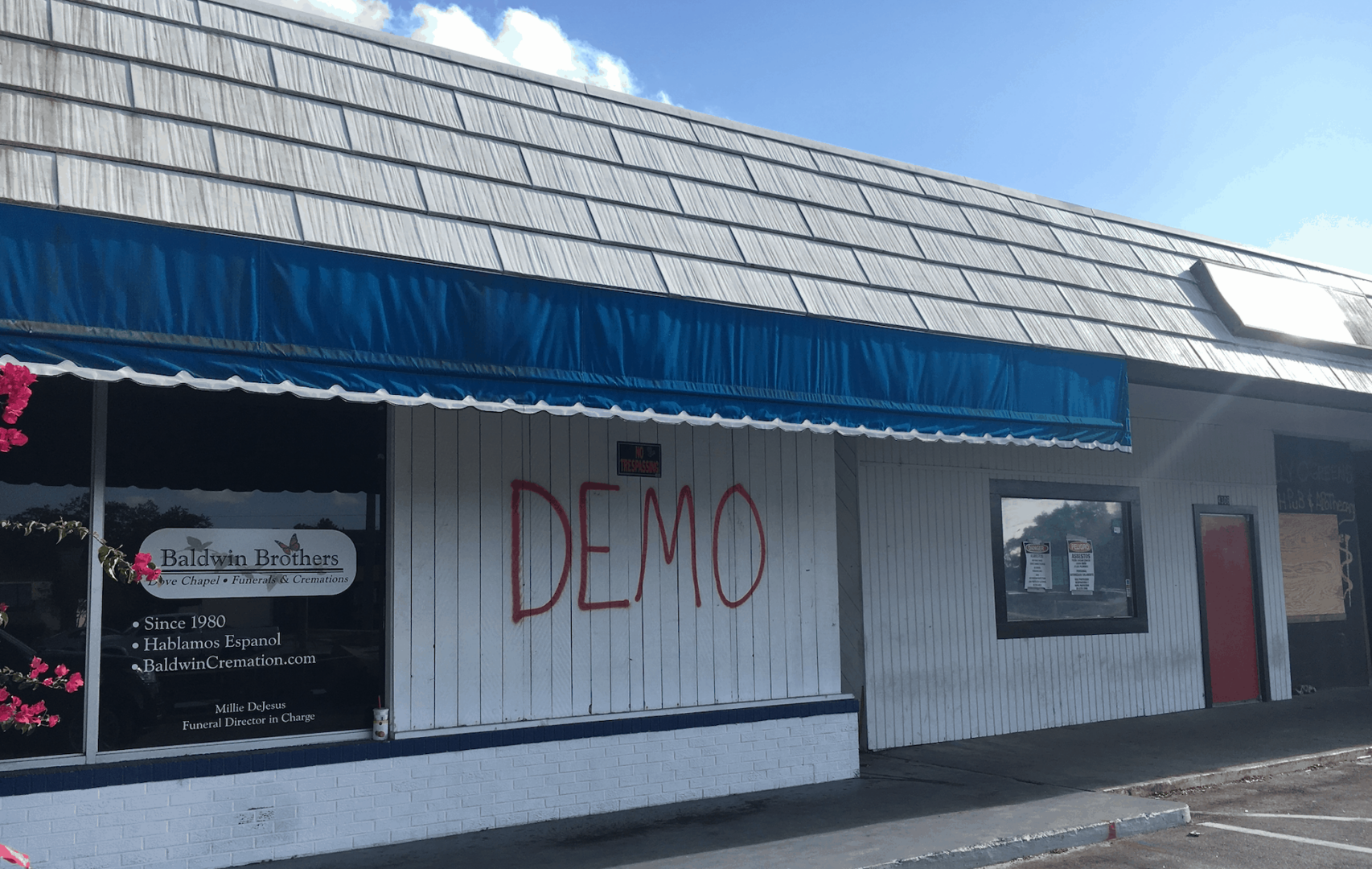I can't believe that I'm once again writing about this. But, I saw in the news that ANOTHER house was mistakenly demolished in the Dallas-Fort Worth area this month.
Where a carpenter says, “Measure twice, cut once,” you'd like to think that level of caution would apply to something as un-undoable as knocking down a house. You'd think there would be some mistake proofing involved…
My first Throwback Thursday on this was in 2016, looking back at a story from 2010.
The 2010 incident was in nearby Denton, Texas. The 2016 incident took place in another town that's also nearby — Rowlett, Texas. So this is at least THREE times in ten years in this metro area. Unbelievable.
This time, it happened in Dallas proper.
Some headlines:
“Oops! Demolition company tears down wrong home in Dallas”
“Nearly 100-Year-Old Dallas Home Torn Down by Mistake”
“Irving demolition crew tears down wrong Vickery Place home in ‘heartbreaking' error”
How does this happen? Notice I'm not asking, “Who screwed up?”
From the last article:
“I've been in this business all my life and done thousands of demolitions, and this has never happened,” said JR's owner, Bobby Lindamood. “We made a mistake and thought we had the right property.”
At least the owner (who is also Mayor Pro Tem of the town I live in) owns up to the mistake. Of course, they thought they had the right property. We've established that it wasn't intentional.
OK, but how?
“The property the company was supposed to demolish was two blocks away, at 5336 Richard Ave. So how did JR's take down the wrong house?”
The wrong house apparently had the appearance of a house that was ready to demolish and “curbside address had been covered with water and debris after recent rainstorms.”
Other factors:
- the house “was stripped of all plumbing and electrical”
- it had no gas meter
- it had no concrete foundation
- the rear door was boarded up
- “the front yard was covered with cut tree debris, just as any demo house is before demolition”
- “the home looked abandoned and in disrepair”
The owner of the house disputes the idea that the utilities were turned off. It sounds like a crew made a bad assumption based on their first look at the wrong house.
Again, it was TWO BLOCKS away. In an era of GPS and Google Maps, how do they possibly get the wrong house?
Again, the owner of the demo company seems to be taking responsibility for the error. We don't know what internal blaming might be happening within the company. It's certainly embarrassing.
When I saw an Orlando strip mall that was going to be demolished, there were clear spray paint markings that said “DEMO.”

Here's another photo and another blog post that talks about this issue.
Doing that, in advance, reminds me of the healthcare practice of a surgeon marking the surgical site location in advance — to help reduce the risk of a wrong-side or wrong-patient surgery.
But there are still ways that process could potentially fail, right?
I don't think we should really all spray paint “NO!!!” or “NO DEMO” on our houses in a pre-emptive, proactive attempt at error proofing.
We can't hang giant signs in all demolition company offices (or on all construction equipment) that says:
“BE CAREFUL! DON'T DEMO THE WRONG BUILDING.”
I think it really comes down to having a good process. What is the process for a demolition company to VERIFY the location of a building? Maybe they can learn from healthcare and have “two identifiers” verified before taking action?
This case here wasn't a matter of life or death, but it's sad that somebody's 100-year-old house won't get the chance to be lovingly renovated after all.
What can we learn from all of this that can be applied to our organization?
What do you think? Please scroll down (or click) to post a comment. Or please share the post with your thoughts on LinkedIn – and follow me or connect with me there.
Did you like this post? Make sure you don't miss a post or podcast — Subscribe to get notified about posts via email daily or weekly.
Check out my latest book, The Mistakes That Make Us: Cultivating a Culture of Learning and Innovation:









